
The retargeting process begins with a tracking code inserted into the app. This code allows information about visitors to be recorded, including which apps they visited, how long they stayed, and what actions they took (such as adding a product to the shopping cart or completing a contact form).
Many mobile businesses experience a significant drop in retention within the first 7 days after a user installs their app; for example, some categories in the mobile gaming industry lose almost half of their audience on the fourth day.
Retention can be classified into three layers:
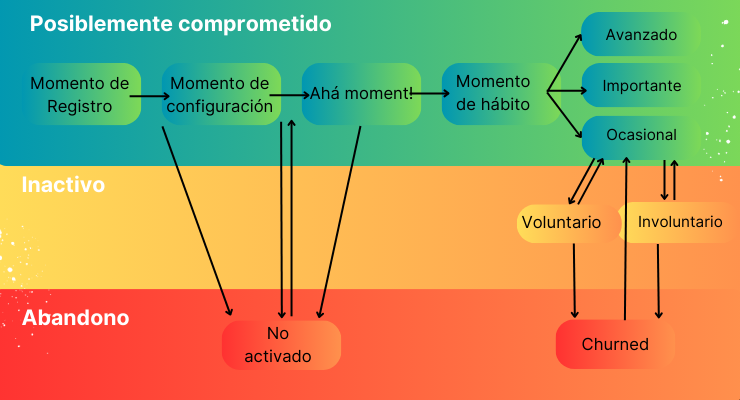
.jpg?width=740&height=400&name=EN%20(1).jpg)
The "Path to Engagement" breaks down into specific moments, such as setup, the "aha moment," and habit. Engagement is presented as a spectrum, ranging from power users to casual ones.
The Inactive state (Dormancy) divides users into "at risk" and "voluntarily and involuntarily dormant."
Loss is divided into Churn and Non-Activated, with the former being users who were activated but became inactive for an extended period, and the latter being users who were never activated. It is essential to consider the possibility of a "miraculous resurrection" for those in critical states, always assessing the cost and ROI of these users.

.jpg?width=740&height=400&name=EN%20(2).jpg)
At the top of this map is retention, denoting the breadth or the number of users remaining active within a specific period. Improving retention involves focusing on three distinct user states:
There are four reasons why "retention turns some brands into leaders":
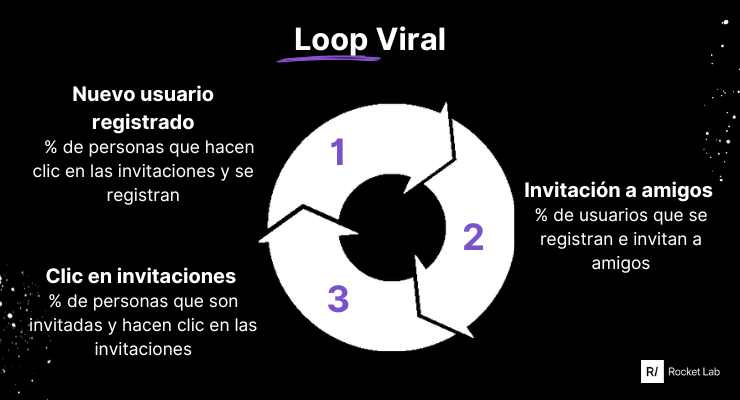
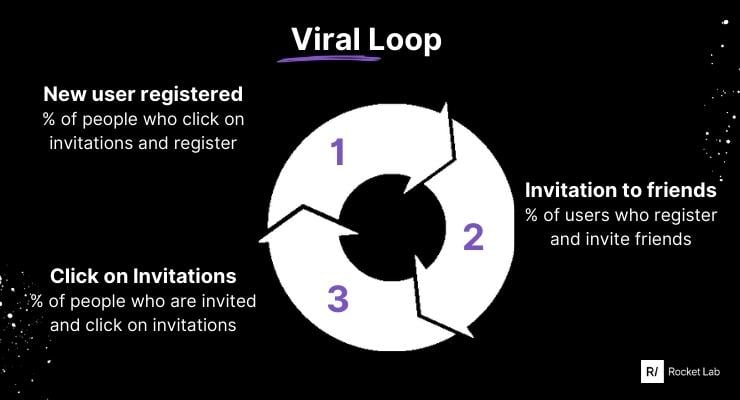
When new registrations are obtained, a certain percentage of those registrations invite friends, and then a certain percentage of those friends click on the invitations, who in turn become more registrations, repeating the cycle over and over. In this case, an increase in retention generates more viral touchpoints within a single cohort, speeding up the viral cycle.
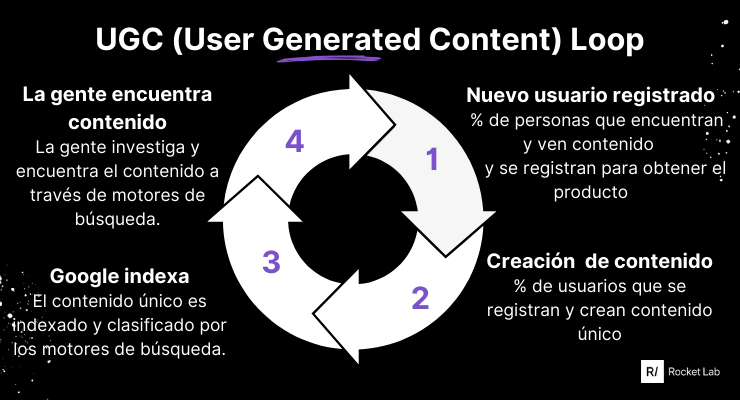

-1.jpg?width=740&height=400&name=EN%20(2)-1.jpg)
Some companies thrive on a user-generated content acquisition cycle because a number of new users register, a certain percentage creates content, Google indexes a certain percentage of that content, and more people discover that content through search engines, leading to more registrations, repeating the cycle over and over.
Consider what happens when increasing retention: more content is created and indexed in a single cohort. That cohort will create more and more content over time, Google will index a greater amount of that content, which in turn leads to more users.
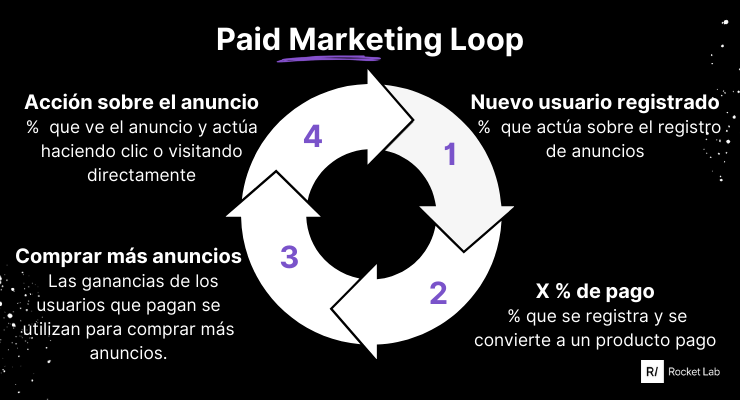
.jpg?width=740&height=400&name=EN%20(3).jpg)

In this payment cycle, a new user registers, a certain percentage pays, the profits are used to buy more advertising inventory, a certain percentage of prospects see and act on the ad, leading to more registrations, and repeating the cycle. In this case, an increase in retention creates the opportunity to increase our reinvestment in the payment cycle.
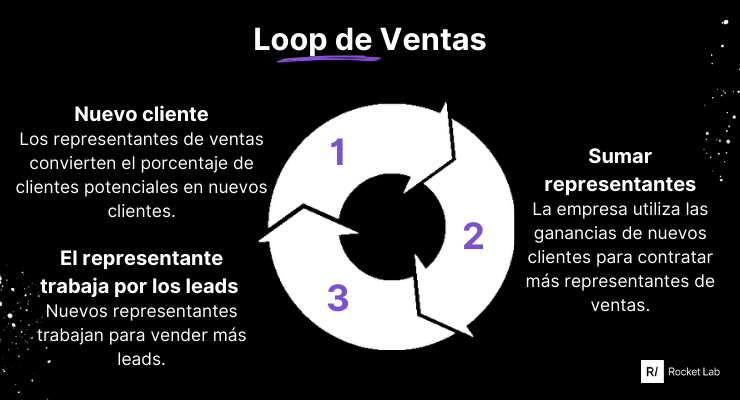

.jpg?width=740&height=400&name=EN%20(4).jpg)

If we increase retention in the cohort or increase the lifespan of a cohort, once again, this generates more profits that we can reinvest faster in the sales cycle, making the cycle run faster and faster.
Increasing retention in a freemium subscription model is not only essential for short-term stability but can also have significant financial implications over time. This positive phenomenon beneficially affects various monetization models, such as advertising, subscription, and transaction.
In the case of advertising platforms like Facebook, retention directly translates into an increase in the number of ads viewed by active users. This increase not only generates higher revenues but also contributes to an increase in customer lifetime value (LTV), a crucial indicator for assessing long-term profitability.
In subscription models, the relationship between retention and revenue is even more pronounced. Robust retention not only generates more subscriptions but also longer subscriptions within a cohort. This double effect results in more consistent revenues and an LTV that exceeds expectations.
In transactional models like Uber, higher retention means an increase in transactions made by that cohort of users. This increase in transactional activity not only translates into higher revenues but also contributes to an elevation of LTV, positioning the company on a path of sustained growth.
Finally, consider the context of freemium companies like Spotify. Here, higher retention in the free user base leads to an increase in conversions to premium subscriptions over time. This evolution not only drives additional revenues but also contributes to a constantly growing LTV.
In summary, retention is not only a key driving force for acquisition and monetization cycles in any business model but also provides a distinctive competitive advantage at the top of the funnel, ensuring a steady flow of engaged users and, ultimately, a solid foundation for sustainable success.
Improving retention can allow a company to increase its investment in user acquisition, surpassing the competition, and exploring new channels or strategies.
Reminding users why they downloaded the app from the beginning of their journey helps retain their interest and guide them through the funnel to become a paying customer.
It is possible to grow faster than just by spending more on acquiring users.
Higher retention speeds up the recovery period, allowing the company to recover acquisition costs faster. For example, two companies with the same LTV and CAC goal may differ in reinvestment speed due to retention.
This focus on retention highlights how each improvement in this aspect positively impacts all other elements of a company's growth model.
Retention is key to the success of businesses but can also be their downfall. Despite rapid initial growth and significant investments, companies can collapse due to poor retention, a silent killer that can affect even the smartest.
There are three reasons why retention can harm your company.
Many companies prioritize short-term result metrics, neglecting retention, whose importance manifests over the years.
Displaying seemingly positive growth figures can conceal poor retention. An example is Viddy, which reached over 30 million monthly active users but collapsed in a few months due to insufficient retention.
Retention and engagement go hand in hand. While retention represents breadth, engagement represents depth. Engagement drives the revenue model.
Engagement not only drives revenues but also other aspects, such as acquisition cycles. However, it can become a silent killer due to its postponement, ease of concealment, and exclusive focus on breadth, ignoring the depth of engagement.
It is noteworthy in recent times the growing difficulty of retention, crucial for business growth. Competition has increased in all industries, leading to higher expectations and difficulties in user activation.